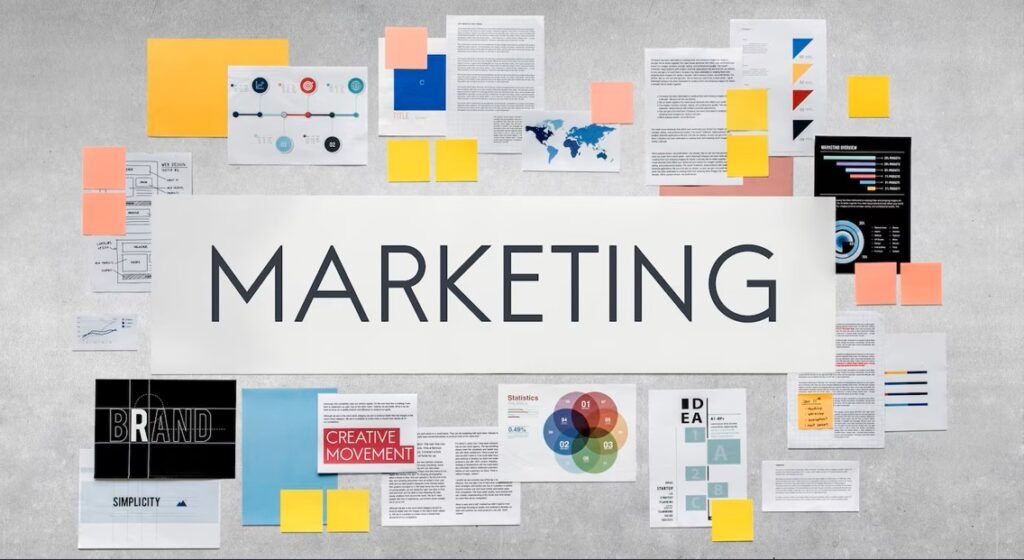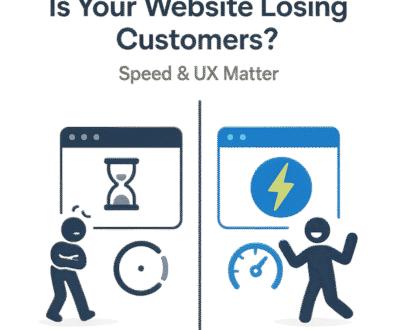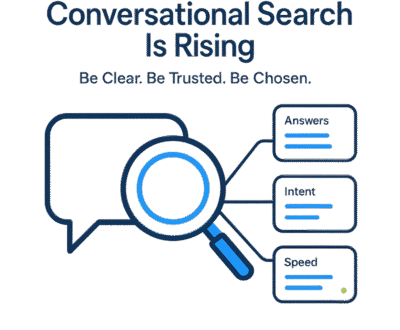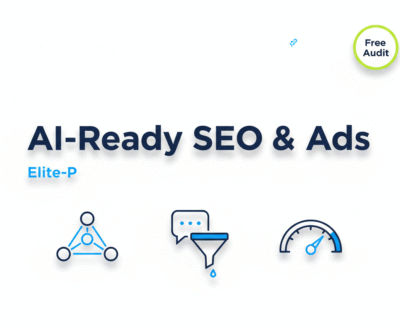14 Mega-Trends Shaping Marketing in 2024
In the ever-evolving world of marketing, staying ahead of the curve is crucial for businesses looking to thrive. As we navigate through 2024, several key trends are emerging that are set to redefine the marketing landscape. Based on insights from industry experts and recent surveys, here are 14 mega-trends that every marketer should be aware of.
1. The Rise of the Post-Verbal Consumer
Consumers are increasingly shifting from text to visual content, with a significant rise in the popularity of short-form videos. Platforms like TikTok and YouTube have seen explosive growth in views of videos under one minute. To stay relevant, businesses must master the art of short-form video or hire experts who can.
2. Zero Tolerance for Friction
In today’s fast-paced world, consumers have little patience for any form of friction. Whether it’s a slow-loading webpage or a confusing checkout process, 80% of consumers are likely to abandon a brand after three negative experiences. Businesses must focus on removing friction to enhance the customer experience.
3. Moving Beyond Generational Labels
Traditional generational labels like Millennials and Baby Boomers are becoming less relevant. Instead, marketers should focus on behavioral drivers such as location and mood to better understand and target their audience.
4. Declining Reliability of Surveys
Surveys, once a staple of market research, are becoming less reliable due to declining response rates and performative behavior online. Marketers should consider more in-depth and offline surveys to gather accurate insights.
5. Growing Paranoia About Data
Public data breaches and privacy concerns have made consumers more paranoid about how their data is used. Transparency is key—businesses should overshare what they are doing with data and why.
6. The Paradox of Privacy
Consumers exhibit contradictory behavior when it comes to data privacy. While 80% feel they have little control over their data, 48% are willing to share information. Marketers must clearly communicate the benefits consumers receive in exchange for their data.
7. Trust Through Popularity
Building trust with customers is simpler than it seems—happy customers are the best advocates. Surveys show a direct correlation between customer satisfaction and trust. Businesses should focus on delivering excellent service to build trust.
8. Divergent Views of Marketers and Consumers
Marketers often assume their customers share their perspectives, but this is not always the case. Personalization can be perceived as creepy by consumers, even though marketers believe it adds value. It’s essential to validate assumptions with customer feedback.
9. The Value of Analytics
Investment in analytics is on the rise, with CMOs predicting that analytics will account for 14.5% of the marketing budget in the next three years. Businesses should not skimp on data, analytics, and tools to stay competitive.
10. Incremental Changes with AI
While AI is set to revolutionize marketing, its immediate impact will be incremental. Marketers should start with small experiments and keep a human in the loop to ensure quality and relevance.
11. Refining Large Language Models
Large language models need to be fine-tuned with first-party data to provide a competitive advantage. This requires expertise and a focus on unique data sets.
12. Access to First-Party Data
For businesses lacking first-party data, retail media networks (RMNs) offer a solution. Companies like Walmart and Kroger are willing to share their data, providing valuable insights for marketers.
13. Personalization and Brand Flexibility
The “Taylor Swift Effect” highlights the importance of brand flexibility. Brands should be adaptable to resonate with different consumer tribes, much like how Taylor Swift appeals to diverse audiences.
14. Every Business in Show Business
In today’s fragmented attention economy, businesses must think like entertainers. From limited edition products to branded content, marketers can learn from the entertainment industry to capture and retain customer attention.

Conclusion
The marketing landscape is undergoing significant changes, driven by evolving consumer behavior and technological advancements. To stay ahead, businesses must embrace these trends and adapt their strategies accordingly. At elite-p.com, we specialize in helping businesses navigate these changes and achieve their marketing goals. By leveraging first-party data, advanced analytics, and innovative marketing techniques, we empower our clients to stay ahead of the curve.
For more insights on the latest marketing trends, check out the full article on Forbes: 14 Mega-Trends In Marketing Right Now.
Table of Contents
About us and this blog
We are a digital marketing company with a focus on helping our customers achieve great results across several key areas.
Request a free quote
We offer professional SEO services that help websites increase their organic search score drastically in order to compete for the highest rankings even when it comes to highly competitive keywords.
Subscribe to our newsletter!
More from our blog
See all postsRecent Posts
- How to Turn Your Website Into a Lead Generation Machine December 18, 2025
- Is Your Website Losing Customers? Here’s How to Fix It December 16, 2025
- Local Search Success December 6, 2025










